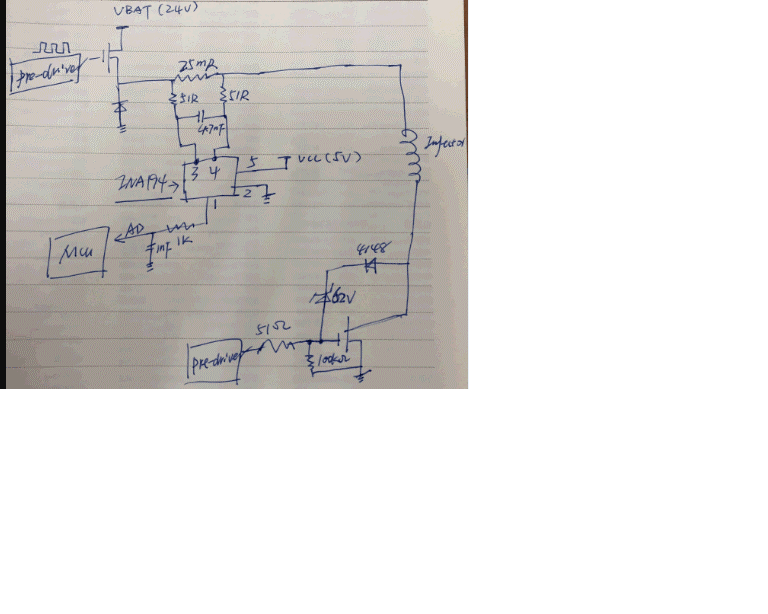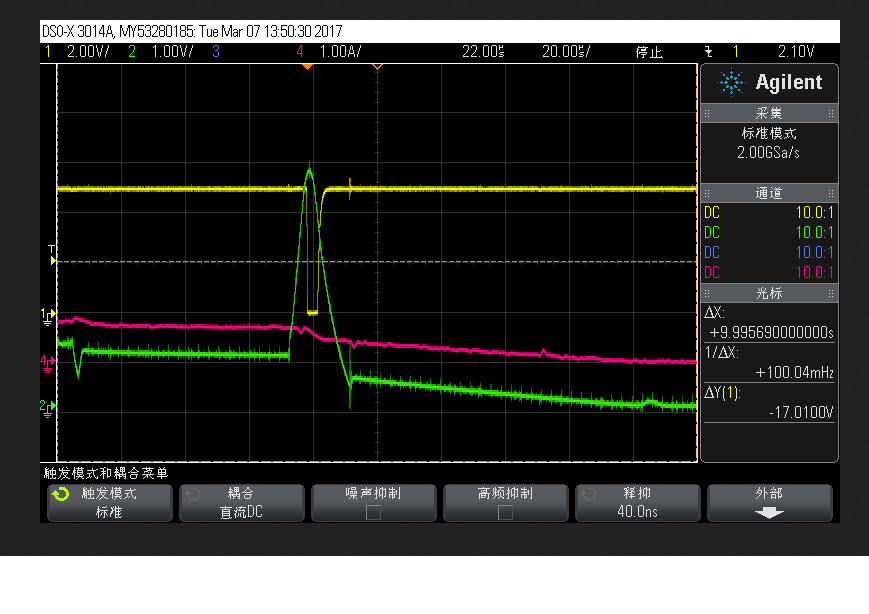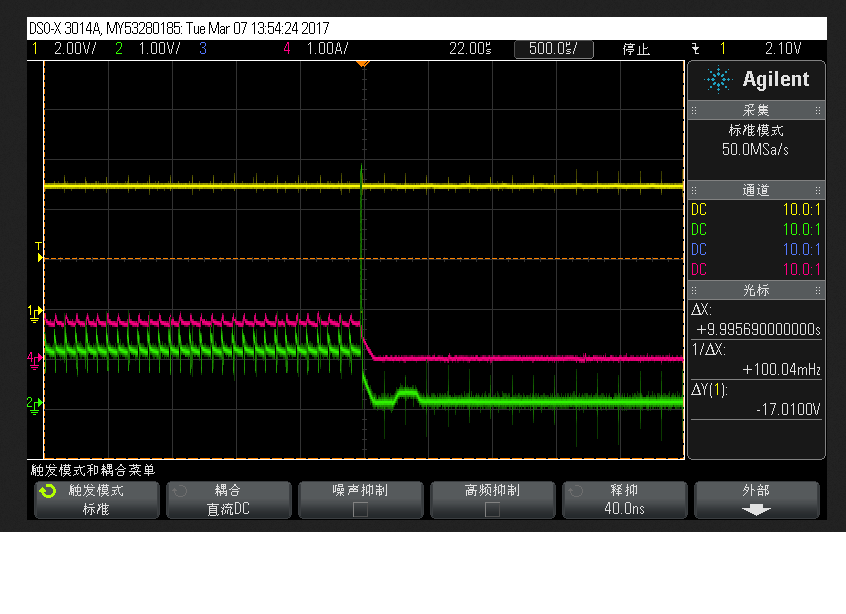Other Parts Discussed in Thread: INA169, INA240
Hi Team,
The customer is using INA193. The customer refers to the Figure 23 to design his schematic. The schematic is in the attach.
Sometimes, the output voltage reaches 5V. This will cause the system to erroneously determine the load overcurrent.
Q1: Is the customer's schematic correct?
Q2: How to solve the issue?
Q3: For INA193, if the customer would like to detect the load current, how to determine the RSHUNT value and how to calculate the load current
through the output voltage value ,the RSHUNT value and the GAIN?
For the INA169 example, do we want to detect a 20A load current ? If we want to detect a 20A load current,
why are the RSHUNT value determine 10mohm and set the GAIN 20V/V? How to calculate the load current through the RSHUNT value and the GAIN value?
Best Wishes,
Mickey Zhang
Asia Customer Support Center
Texas Instruments







